
- Permbajtja
- prev
- next
- prev
- next
HIGHLIGHT: TOYO ITO
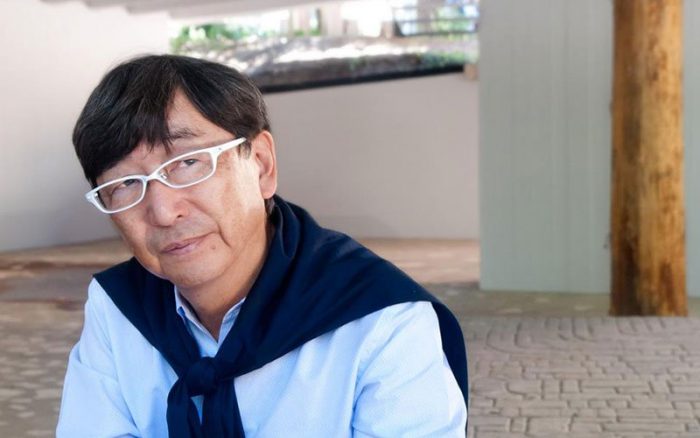
Toyo Ito, born 1 June 1941 is a Japanese architect known for creating conceptual architecture, in which he seeks to simultaneously express the physical and virtual worlds. He is a leading exponent of architecture that addresses the contemporary notion of a "simulated" city, and has been called "one of the world's most innovative and influential architects."
In 2013, Ito was awarded the Pritzker Prize, one of architecture's most prestigious prizes. He was a likely front-runner for the Pritzker Prize for the previous 10 years. A recent trend has seen less experienced and well-known winners, for example Chinese architect Wang Shu in 2012, and the award to Toyo Ito is seen as recognition of a lifetime's achievement in architecture.
Early life and education
Ito was born in Seoul, Korea to Japanese parents when Korea was part of Japan. In 1943, he moved to Japan with his mother and two sisters living until middle school age in rural Shimosuwa, Nagano Prefecture. Ito attended Hibiya High School in central Tokyo and graduated from the University of Tokyo's department of architecture in 1965.
Career
After working for Kiyonori Kikutake Architect and Associates from 1965 to 1969 (alongside Itsuko Hasegawa), in 1971 he started his own studio in Tokyo, named Urbot ("Urban Robot"). In 1979, the studio name was changed to Toyo Ito & Associates.
Throughout his early career Ito constructed numerous private house projects that expressed aspects of urban life in Japan. His most remarkable early conceptual contributions were made through projects of this scale, such as White U (1976) and Silver Hut (1984).
With the Pao for the Tokyo Nomad Girl projects in 1985 and 1989, Ito presented a vision of the life of an urban nomad, illustrative of typical lifestyles during the bubble economy period in Japan.
Tower of Winds (1986) and Egg of Winds (1991) are interactive landmarks in public spaces, resulting from a creative interpretation of contemporary technical possibilities. Whilst their function is in fact exhaust air outlets for the underground system below, their significance lies in Ito's treatment of their opacity, one of the hallmarks of his work. Whilst appearing solid during the day, the perforated aluminium structures "dissolve" at night through the use of computer-controlled light systems which form an interactive display representing measured data such as noise levels in their surrounding vicinity.
Toyo Ito's office is known as a training ground for talented younger architects. Architects who previously worked for his office include Kazuyo Sejima and Ryue Nishizawa (SANAA), Astrid Klein and Mark Dytham (KDa), Katsuya Fukushima, Makoto Yokomizo, and Akihisa Hirata.
Critical vision
Ito's work is often said to have affinities with the ideas of philosophers such as Munesuke Mita and Gilles Deleuze.
Ito has defined architecture as "clothing" for urban dwellers, particularly in the contemporary Japanese metropolis. This theme revolves around the equilibrium between the private life and the metropolitan, "public" life of an individual.
The current architecture of Toyo Ito expands on his work produced during the postmodern period, aggressively exploring the potentials of new forms. In doing so, he seeks to find new spatial conditions that manifest the philosophy of borderless beings.
Exhibitions
Ito's work has been exhibited widely. In 1991, Ito used 130 video projectors to simulate the urban environment of Tokyo for the Visions of Japan exhibition at The Victoria and Albert Museum in London. Later, in 2000, his Vision and Reality at the Louisiana Museum of Modern Art also became a traveling exhibition. Ito similarly exploited the effect of video projection as a medium with which to exhibit architecture in his Blurring Architecture exhibition, initiated at the Suermondt-Ludwig-Museum in Aachen and traveling to four other cities (Tokyo, Antwerp, Auckland, and Wellington between 1999 and 2001).
Ito designed the Berlin-Tokyo/Tokyo-Berlin Exhibition (2006) at the Neue Nationalgalerie, Berlin. The design featured a smooth, undulating landscape that occupied almost the entirety of the museum's main exhibition space. This exhibition, in collaboration with the Mori Art Museum, was one of the largest undertakings in the museum's history. A major retrospective of Ito's work was shown at the Tokyo Opera City Art Gallery in 2006 as Toyo Ito: The New "Real" in Architecture.
Selected projects
White U house
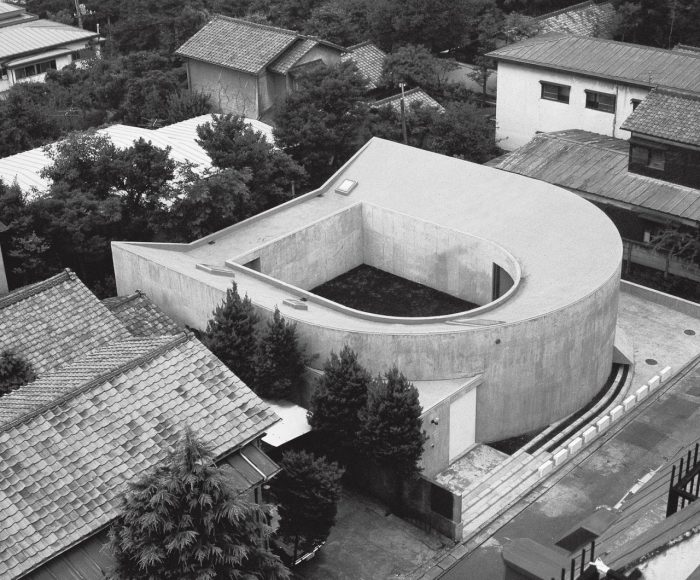
The White U House was a building in Nakano, Tokyo, Japan designed by Toyo Ito in 1976. The building was demolished in 1997. Ito designed the building as a house for his older sister following the loss of her husband. The house is one of Ito's most seminal projects.
The Silver Hut
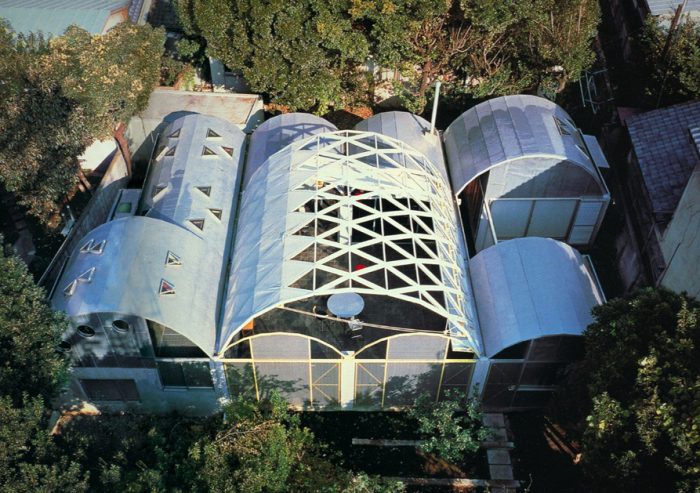
The Silver Hut was built to be Ito’s home in 1984. It incorporates perforated and transparent screens that references the lightness and translucency of traditional Japanese building methods, but adds a contemporary twist. Ito viewed perforated aluminum as having the same capabilities and effects as paper screens and movable walls, which are typical Japanese design techniques.
The Matsumoto Performing Arts Center

The Matsumoto Performing Arts Center (MPAC) is a cultural facility with three main performance halls: the Large Hall, a convertible hall that can seat 750 to 1,800 guests; the Small Hall with 288 seats; and the Experimental Theater, with 360 seats. The MPAC is not only equipped to serve as a venue for state-of-the-art performing arts, but it is also well suited for different types of functions, such as conventions and other events.
Library of Tama Art University
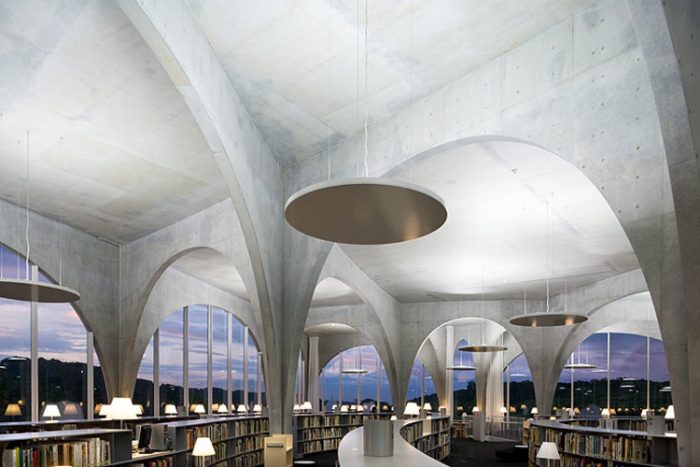
This is a library for an art university located in the suburbs of Tokyo. Passing through the main entrance gate, the site lies behind a front garden with small and large trees, and stretches up a gentle slope.
Suites Avenue
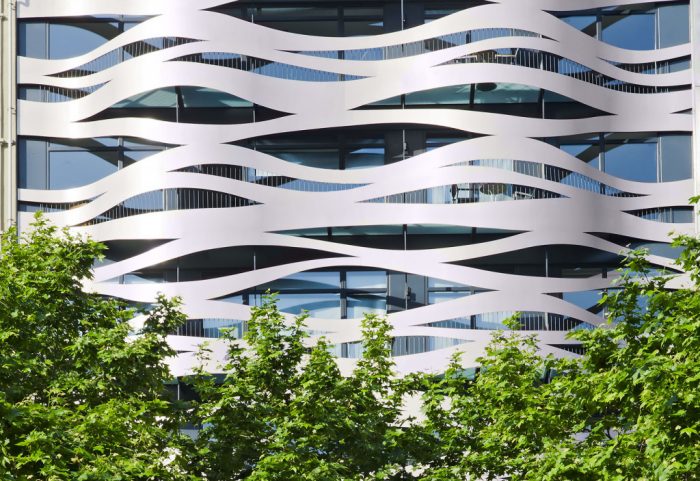
Suites Avenue occupies a recently built avant-garde building with a spectacular stainless steel façade designed by Japanese architect Toyo Ito. It is a building that draws the attention of Barcelona residents and tourists alike, and it has become an architectural icon.
White O
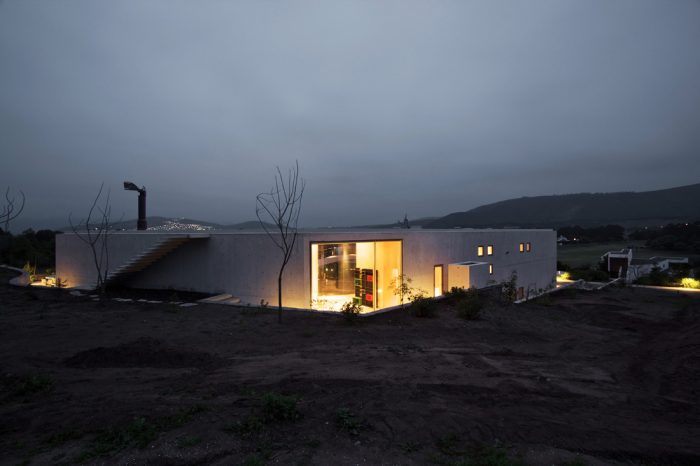
The site for this weekend house slopes gently down to the north-east, and has attractive views in the same direction. This proposal is intended to make dynamic use of the whole site, taking advantage of the special qualities created by this slope.
International Museum of the Baroque
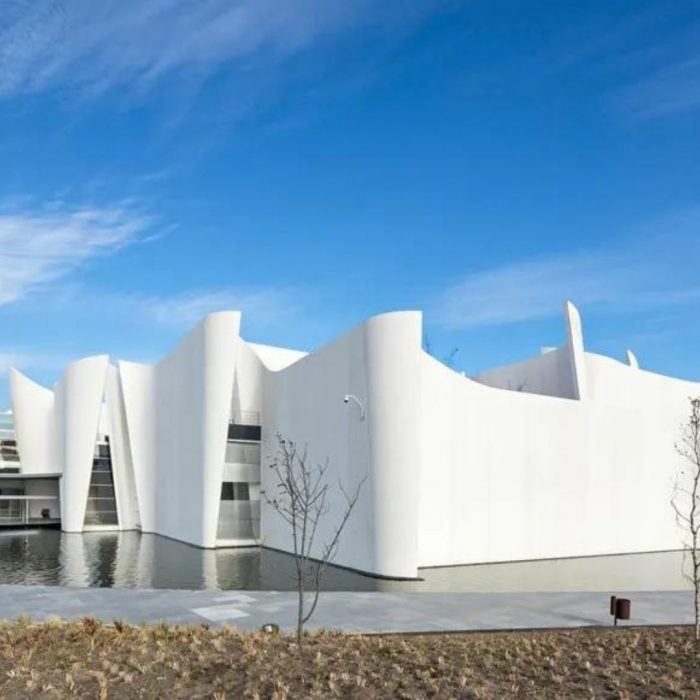
To frame the main facade of the museum a large square has been designed which receives the incoming visitors. It includes a passenger drop-off point for buses and cars, benches, information banners, a large stepping bench for giving explanations to visiting groups, and an entrance canopy which welcomes and protects the visitors waiting to enter the museum. This facade will also receive night time projections of images related to current exhibitions, which also illuminate the museum and make it stand out from a distance.
Source: toyo-ito.co.jp